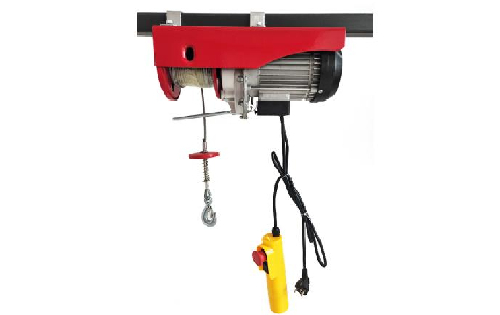


Fall Protection FAQ Essential Insights for Workplace Safety
Falls are one of the leading causes of injuries in many workplaces, especially in industries such as construction, maintenance, and warehousing. The implementation of effective fall protection measures is crucial to ensure the safety and health of workers. This article addresses frequently asked questions about fall protection to help employers and employees understand the best practices and regulations surrounding this essential safety topic.
What is Fall Protection?
Fall protection refers to the systems and methods used to prevent workers from falling from heights, or to mitigate the consequences of a fall. This can include personal protective equipment (PPE) like harnesses and lanyards, as well as safety nets, guardrails, and floor hole covers.
Why is Fall Protection Important?
The importance of fall protection cannot be overstated. According to the Occupational Safety and Health Administration (OSHA), falls are responsible for a significant number of workplace injuries and fatalities. Implementing fall protection measures not only protects workers but also helps employers comply with legal standards that mandate safety protocols. Moreover, preventing falls can lead to reduced insurance costs and improved employee morale.
When is Fall Protection Required?
Fall protection is required in any situation where a worker is at risk of falling six feet or more in the construction industry. This threshold varies for other industries, such as general industry, where fall protection is required for work at four feet. Moreover, fall protection measures are necessary when employees are working around unprotected edges, on roofs, or when using ladders or scaffolds.
What are the Types of Fall Protection?
There are several types of fall protection systems, including
1. Personal Fall Arrest Systems (PFAS) This includes harnesses, lanyards, and anchors that stop a fall before the worker hits the ground. 2. Guardrails These are barriers installed around edges or openings to prevent falls.
3. Safety Nets These are positioned below work areas to catch falling workers or objects.

4. Warning Lines These are lines set up to warn workers when they are approaching an unprotected edge.
These systems can often be used in combination to provide comprehensive protection.
How Do I Choose the Right Fall Protection System?
Choosing the right fall protection system depends on several factors, including the nature of the work being performed, the height at which work is done, and the specific risks involved. Employers should conduct a thorough risk assessment to identify potential fall hazards and select appropriate fall protection methods. It is also crucial to ensure that workers are trained in these systems to maximize safety.
What Training is Necessary for Fall Protection?
Training is essential for all workers who are exposed to fall hazards. Employers should provide comprehensive training that covers the following areas
- Understanding fall hazards and the importance of fall protection. - Proper use and maintenance of personal protective equipment. - How to identify and mitigate risks associated with falls. - Emergency procedures in case of a fall.
Regular refreshers should also be scheduled to keep safety information current.
What Are the Consequences of Failing to Implement Fall Protection?
Failing to implement appropriate fall protection measures can have serious consequences for employers. This can include financial penalties from regulatory agencies, increased liability for accidents, and higher insurance premiums. Furthermore, workplace fatalities and injuries can lead to reputational damage and decreased employee morale.
Conclusion
Fall protection is a critical component of workplace safety that requires careful consideration and proactive measures. By understanding the relevant regulations, selecting appropriate protective systems, and providing essential training, employers can significantly reduce the risk of falls and create a safer work environment. Remember, safety is everyone's responsibility, and a commitment to fall protection promotes well-being for all employees.



